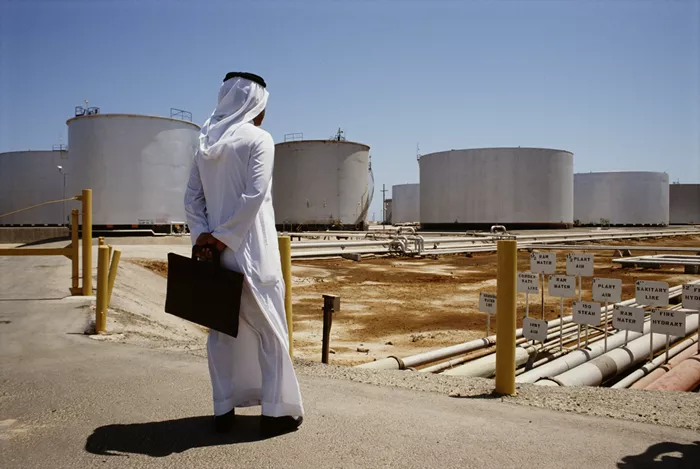Saudi Arabia is set to significantly increase its crude oil exports to China in May, driven by aggressive price cuts aimed at retaining market share amid global trade tensions and fluctuating oil prices.
Allocations to Chinese refiners indicate Saudi oil exports will jump to 48 million barrels next month, up sharply from 35.5 million barrels scheduled for April. The rise comes on the heels of Saudi Arabia’s decision to slash its official selling prices, with the most notable reduction targeting Asian markets. The kingdom’s benchmark Arab Light crude will be $2.30 cheaper per barrel in May, pricing it at a $1.20 premium over the Dubai/Oman benchmark.
The pricing decision comes amid a sharp downturn in global oil prices, triggered by U.S. President Donald Trump’s announcement of sweeping tariffs on all major trading partners, including China. Beijing responded swiftly with retaliatory tariffs on U.S. imports, including oil and gas, further weighing on oil prices and altering global trade flows.
Currently, Saudi Arabia is China’s second-largest crude oil supplier, following Russia. However, the shifting dynamics of the market have prompted Chinese refiners to seek out other sources as well. Notably, China’s imports from Iran surged in March, with buyers accelerating purchases in anticipation of tighter U.S. sanctions on Tehran. Data from energy analytics firm Kpler shows Iranian crude made up 13% of China’s total crude imports last month, with daily volumes rising to 1.37 million barrels, up from 747,000 barrels in February.
In contrast, U.S. oil exports to China have plummeted and are nearing a complete halt. American crude has accounted for just 1% of Chinese imports so far this year. The escalating trade war, sparked by Washington’s tariff measures in February, has effectively pushed Chinese buyers away from U.S. oil, dramatically altering the global supply landscape.
As tensions persist, Saudi Arabia appears poised to fill the widening gap in China’s oil imports, leveraging its pricing power and market position to maintain its foothold in the world’s largest crude market.

